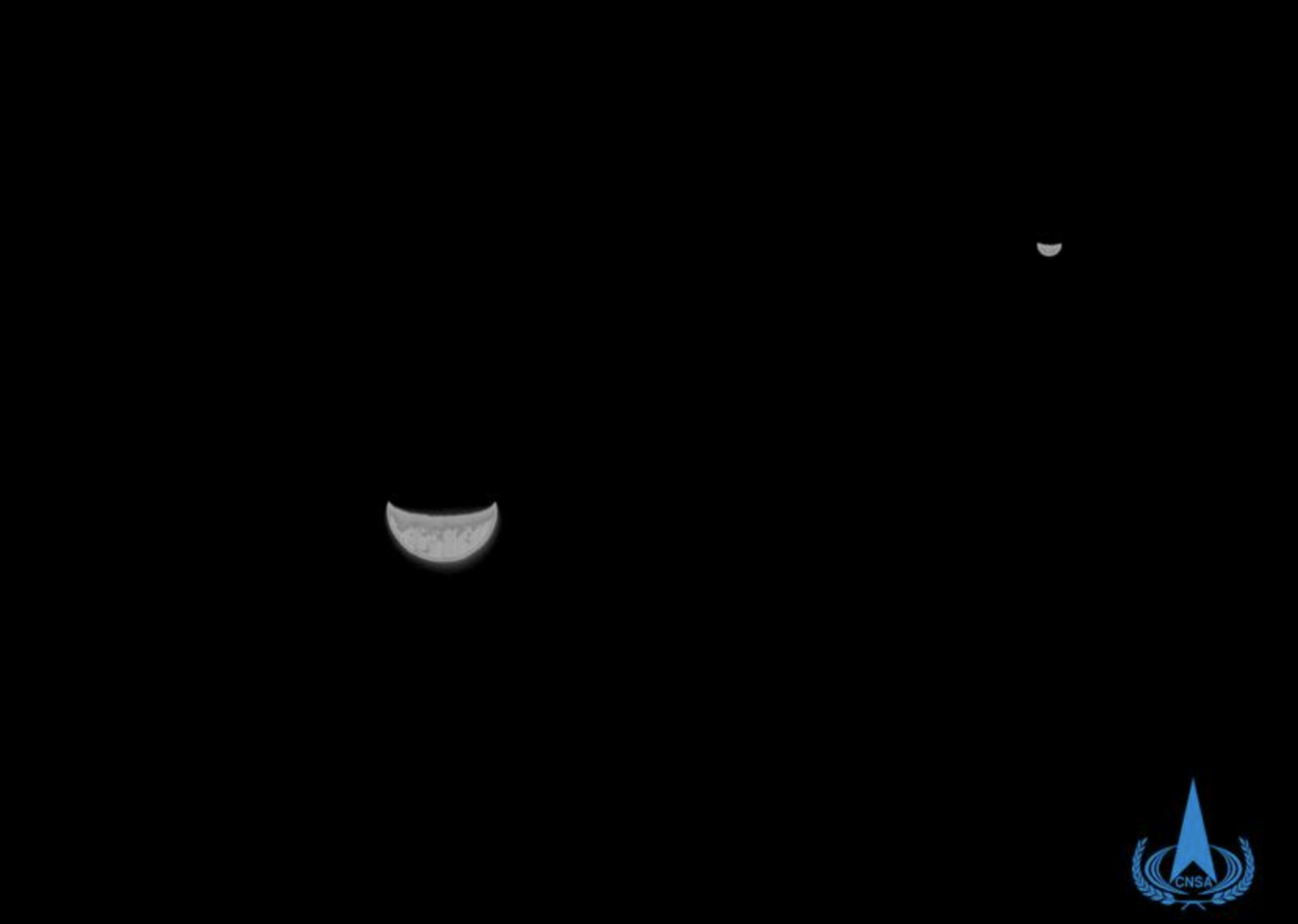The Moon’s orbit will bring it in line with Jupiter on Thursday evening. But you’re only going to get one chance to see it this year.
The Moon previously visited with some of the other planets in our Solar System this past week, but not it’s Jupiter’s time to shine. On Thursday evening, shortly after sunset, you’ll be able to look into the western sky and see the Moon and Jupiter close together in the night sky.
The Moon and Jupiter will visit each other tonight

Of course, seeing the Moon isn’t all that big of a deal. After all, the Lunar body is constantly in the sky each night, and you can always get a great look at it. What makes this Moon sighting special, though, is how close it will look to Jupiter at the time.
The Moon puts on a show like this sometimes when the orbits of the different planetary bodies move them closer to the Lunar body. During the spectacle, you’ll also be able to see Saturn and Venus. Jupiter and the other two planets will align in a diagonal pattern to the right of the Moon when you’re looking westward into the sky. (via EarthSky)
It was closest to Jupiter on Wednesday, but you’ll still be able to see the three planets somewhat close to the Moon on Thursday evening. After that, though, the Moon will continue rising higher in the sky, away from the planets.
Eyes on Venus

Once you’re done appreciating this unique look at the Moon and Jupiter, make sure to keep your eyes on Venus, too. The planet is currently the brightest in the sky at night. In early January, Venus will vanish from the horizon completely. Later that month, though, it will return as the “morning star”, only visible before the sun rises. You won’t be able to see Venus in the evening skies again until December of 2022. Make sure to appreciate the view while it’s there.
The celestial bodies that make up our Solar System continue to amaze those who watch the evening skies. Beyond the system, though, NASA is busy looking for evidence of life on other planets. One of the latest planetary discoveries showed us a hellish planet where one year is less than eight hours long. Scientists also recently discovered evidence that solar winds might have helped create life on Earth.








